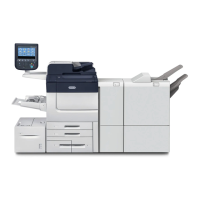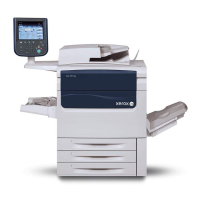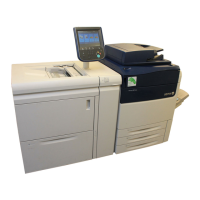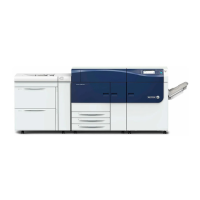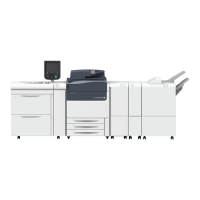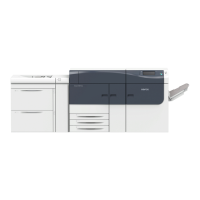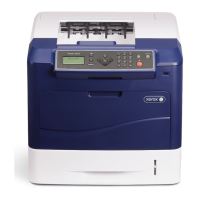Stored Programming Overview
Frequently used features and job settings can be saved as Stored Programming, which can be accessed using a
shortcut button.
Stored Programming remembers feature settings and can also record a series of operations. You can record the
hierarchy of screens shown for each step. For example, you can use Stored Programming to record the following
actions: press the MMaacchhiinnee SSttaattuuss button, and show the Print Reports screen.
• You can record up to 100 consecutive operations in each stored program
• You can store up to 40 programs
• A stored program can become invalid in the following instances:
– If changes are made to default values or paper tray settings in the system
– If buttons are added or removed from the touch screen, since stored programming only remembers the
location of a button on the screen. It does not remember the name of the button. For example, button
positions can change when you add or delete a job flow or a job template.
– If changes are made to the values of the watermark feature when a watermark is used in a stored program
– If the password to the folder that is used in the stored program is changed after the program is stored
– System Settings, Job Flow Sheets, Network Scanning, Address Book and the Browse feature for Scan to PC
cannot be used with Stored Programming.
For a complete list of notes and restrictions, refer to Notes and Restrictions on Registering Stored Programs.
146
Xerox
®
PrimeLink
®
B9100/B9110/B9125/B9136 Copier/Printer User Guide
Stored Programming
